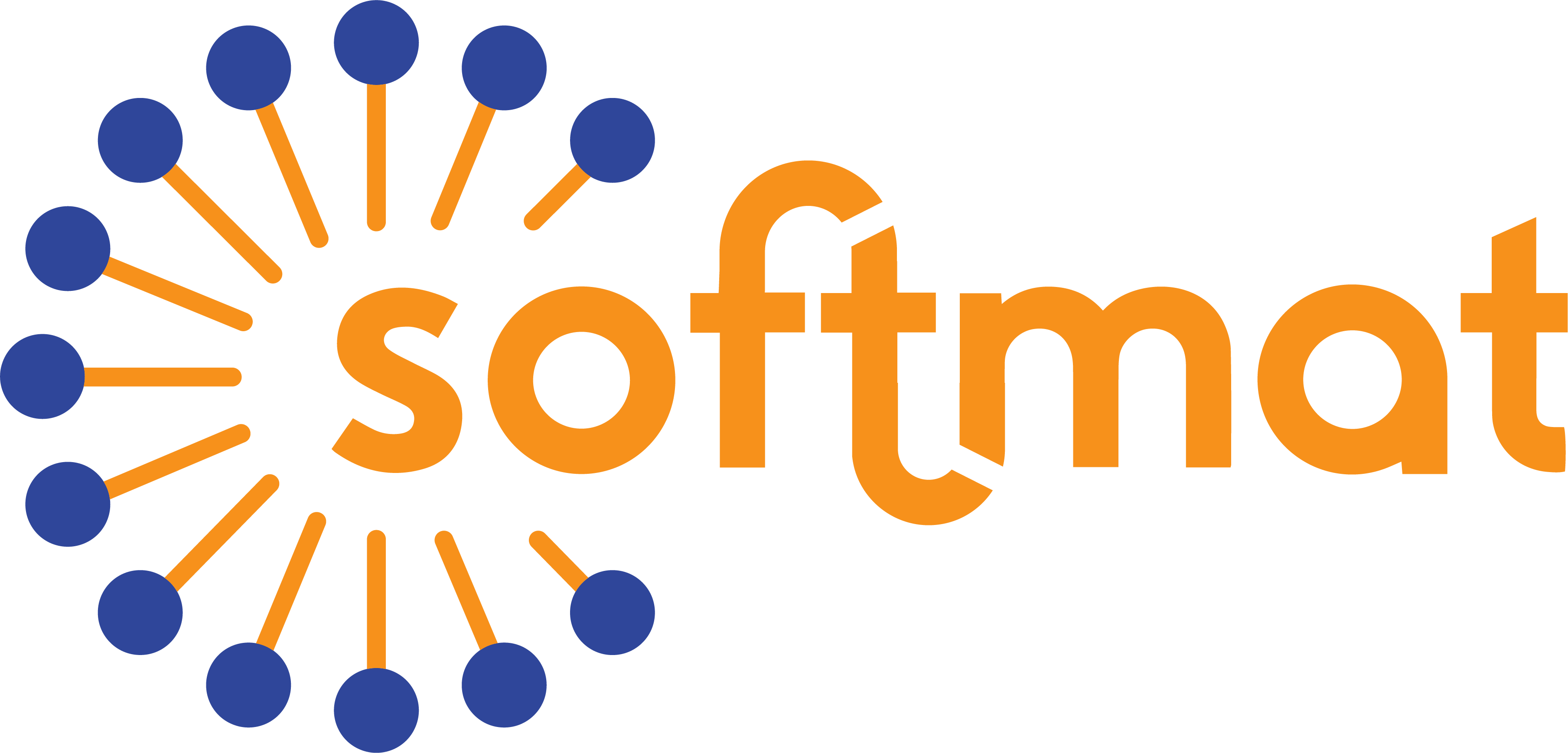Since 2013, the thesis prize “Ecole de chimie de Rennes – René Dabard” has been awarded every year to PhDs, without restriction as to institution, for their thesis work in one of the following fields:
- molecular chemistry,
- solid and materials chemistry,
- environmental chemistry and engineering.
Awarded by a jury made up of leading figures from the academic and socio-economic sectors, the prize is given to young researchers whose work, of the highest scientific quality, has contributed to the advancement of scientific knowledge, technological innovation and a better understanding of social and environmental issues.
Les critères d’évaluation portent sur l’originalité de la thématique de recherche, la prise de risque et la mobilité, la production scientifique (publications, brevets, prix).
Anaïs completed her thesis in the IDeAS team at the Softmat laboratory and at LAAS-CNRS (MILE team), and also in collaboration with ToNIC. Her work focused on supramolecular gelling agents as cell culture media.
Anaïs explains that “Healing brain lesions remains a long and laborious process, due to the scarcity of neuronal cells capable of regenerating and their difficulty in migrating to the damaged area. As the brain is one of the most complex organs in the body, the development of simplified in vitro models is proving extremely useful for its study in the laboratory. To this end, the field of tissue engineering aims in part to manufacture suitable supports for cell growth and thus reproduce biological tissues in vitro.
The aim of my thesis was to develop a biomaterial for the growth and development of human neural stem cells. Unlike the majority of materials already under study, which are made up of long polymer chains, the one at the heart of my thesis is made up of small molecules that self-assemble in the form of fibres forming a three-dimensional network, thus making it possible to retain water and form what is known as a hydrogel, in this case called a molecular or supramolecular gel. Several molecules have produced satisfactory hydrogels for neuron culture, and these were then studied for their biocompatibility and their ability to promote the three-dimensional growth and maturation of human neuronal stem cells. One of the molecules studied in particular produced promising results and was then used to shape the hydrogel into macroscopic filaments, as well as to develop its 3D printing, with the aim of creating well-defined architectural structures.
The results of this thesis therefore open up new possibilities for the development of brain tissue in vitro and brain regeneration.”
She had already been distinguished, winning prizes for the best oral communication at 2 scientific events: the Xe journées de l’école doctorale Science de la Matière which gathered around a hundred doctoral students in May 2017, then during the 16e European Student Colloid Conference which took place in Florence (Italy) in June 2017.
Many congratulations to Anaïs!
